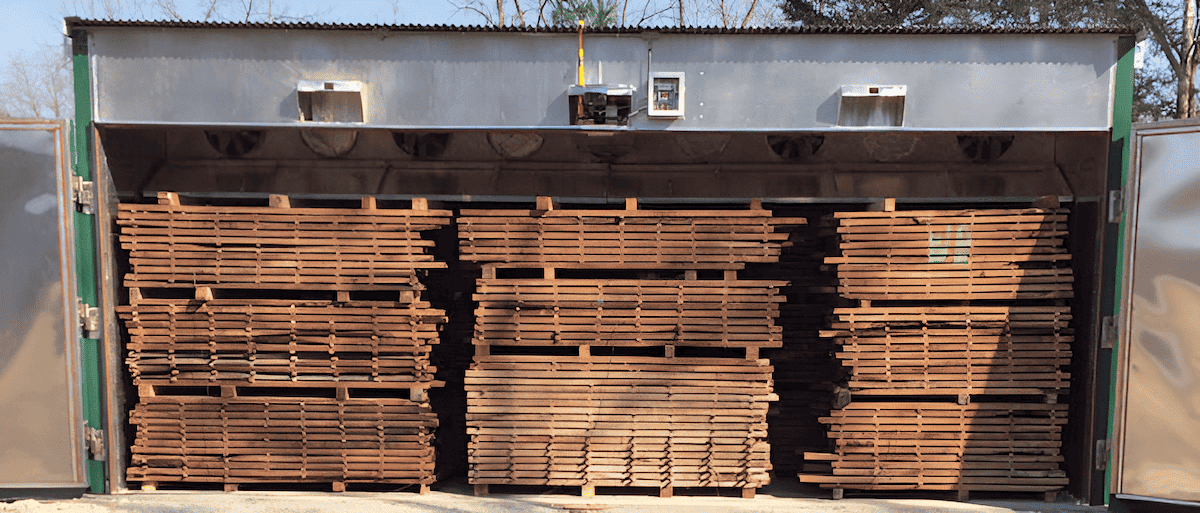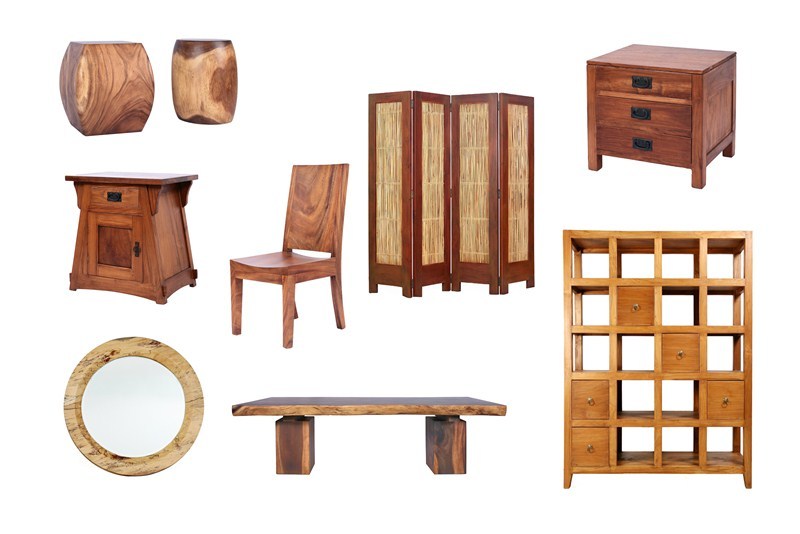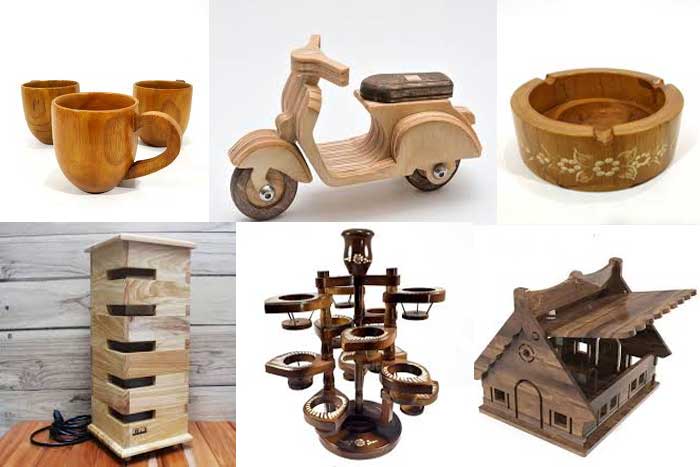Wood Processing: Turning Raw Timber into High-Value Products
Introduction
Wood ranks among the most valuable natural resources, especially in countries like Indonesia with vast forested areas. However, its true economic worth doesn’t lie solely in its raw form; the real value emerges through processing and transformation into high-demand, value-added products. With the right techniques, raw timber becomes functional, visually appealing, and highly marketable goods.
Stages of Wood Processing
The journey from forest to finished product includes several essential steps:
Felling and Cutting
Workers harvest trees and cut them into manageable sizes, typically logs or beams. They then transport these logs to processing facilities for further handling.
Drying (Air-Drying or Kiln Drying)

Freshly cut wood holds significant moisture, often between 50% and 70%. To avoid warping and deterioration, processors must dry the wood.
They can either place it under the sun for air-drying or use industrial ovens (kilns) for faster, more consistent results. Many prefer natural drying methods because they provide a gentler, more organic outcome.
Sawing and Shaping
Processing teams saw the dried wood into planks, boards, or other desired forms. Then they shape and cut each piece according to the specific design and requirements of the final product.
Smoothing and Finishing
Workers sand the wood surfaces until smooth and even. They then apply finishing touches such as stain, paint, or protective coatings like varnish or lacquer. These steps enhance the wood’s appearance and increase its resistance to damage, including termite attacks.
Assembly and Final Product Creation
Craftsmen assemble the processed wood pieces into final products such as furniture, hardwood flooring, wall panels, handcrafted decor, or musical instruments.
Examples of High-Value Wood Products

Some of the most in-demand and profitable wood-based products include:
-
Furniture: Chairs, tables, cabinets, beds.
-
Woodcrafts: Carvings, photo frames, decorative wall art.
-
Flooring and Wall Panels: Wooden parquet, interior panels in both minimalist and classic styles.
-
Musical Instruments: Guitars, violins, and pianos made from select, high-quality wood.
-
Engineered Wood Products: Plywood, MDF (Medium Density Fiberboard), HDF, and LVL (Laminated Veneer Lumber) are often used in modern construction and design.
Benefits of Wood Processing
-
Higher Economic Value: Processed wood products command prices many times higher than raw timber.
-
Job Creation: The wood processing industry employs a wide range of professionals, from carpenters and designers to artisans and sales teams.
-
Boosts Creativity and Innovation: Wood offers endless possibilities for unique designs that reflect artistic and cultural identity.
-
Supports Sustainability: Responsible processing practices promote long-term forest management and encourage reforestation.
Conclusion
Wood processing plays a vital role in maximizing the value of one of Earth’s most ancient natural materials. With the right blend of technology, skill, and creativity, raw timber transforms into high-value products that attract both local and global markets. To sustain this industry, we must support it through smart regulations, workforce development, and product promotion.





